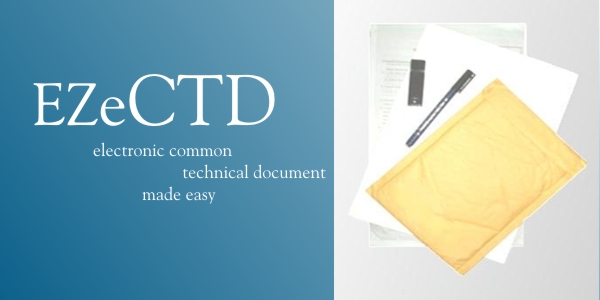
| :: News |
|
07/28/2006: This is some news. This is some news |
|
eCTD solutions help regulatory authorities evaluate submissions quickly and accurately to approve pharmaceutical products that could save lives |
From the FDA ICH M2 web page:
The International Conference on Harmonization (ICH) - Multi-disciplinary Group 2 (M2) Expert Working Group (EWG) was established to facilitate international electronic communication by evaluating and recommending, open and non-proprietary - to the extent possible - Electronic Standards for the Transfer of Regulatory Information (ESTRI) that will meet the requirements of the pharmaceutical companies and regulatory authorities.
The M2 EWG has provided valuable functionality to the diverse international information exchange needs identified by the members of the three ICH regions, Europe, Japan, and USA (and Canada as observer). The M2 EWG recommendations provide a well-defined approach for the evaluation and recommendation of standards. The M2 tasks have led to the recommendation of various open international standards that allow for the international transmission of information regardless of the technical infrastructure.
From the ICH eCTD Version 2.0
Specification Introduction:
"The ICH M4 Expert Working Group (EWG) has defined the Common Technical Document (CTD). The ICH M2 EWG has defined, in the current document, the specification for the Electronic Common Technical Document (eCTD). The eCTD is defined as an interface for industry to Agency transfer of regulatory information while at the same time taking into consideration the facilitation of the creation, review, lifecycle management and archival of the electronic submission. The eCTD specification lists the criteria that will make an electronic submission technically valid. The focus of the specification is to provide the ability to transfer the registration application electronically from industry to a regulatory authority. Industry to industry and Agency to Agency transfer is not addressed... The specification for the eCTD is based upon content defined within the CTD issued by the ICH M4 EWG. The CTD describes the organization of modules, sections and documents. The structure and level of detail specified in the CTD has been used as the basis for defining the eCTD structure and content but where appropriate, additional details have been developed within the eCTD specification. The philosophy of the eCTD is to utilize open standards. Open standards, including proprietary standards, which through their widespread usage can be considered de facto standards, are deemed to be appropriate in general..."
The XML DTD:
"The XML eCTD DTD (Document Type Definition) defines the overall structure of the submission. The purpose of the XML backbone is two-fold: (1) to manage meta-data for the entire submission and each document within the submission and (2) to constitute a comprehensive table of contents and provide corresponding navigation aids. Meta-data on submission level includes information about submitting and receiving organization, manufacturer, publisher, ID and kind of the submission, and related data items. Examples for meta-data on document level are versioning information, language, descriptive information such as document names, checksums, etc. Details are defined in appendix 6.
The XML eCTD DTD describes the hierarchical structure according to the CTD as defined by the ICH M4 expert working group. It includes multiple hierarchical levels depending on the specific module as defined in the CTD. The actual submission can include more hierarchical levels below those defined in the CTD. The XML eCTD instance covers the entire submission including all hierarchical levels and includes references to each individual file.
The submission should include a style sheet that supports presentation of the XML instance, navigation according to the table of contents and provides access to all documents within the submission. A standard style sheet is defined and provided by the ICH M2 EWG. Presentation and navigation via other style sheets on the receiving side should be possible.The XML eCTD DTD includes a reference for each document to the physical file within the folder structure. The XML eCTD DTD includes attributes for descriptive names of folders and documents. [from the version 2.0 spec]The XML instance of any submission should be created and validated according to the XML eCTD DTD as defined in appendix 8.
Copyright © KubsTech, Inc. All rights reserved.
Home | About eCTD | Presentations | Standards | Technology | FAQ